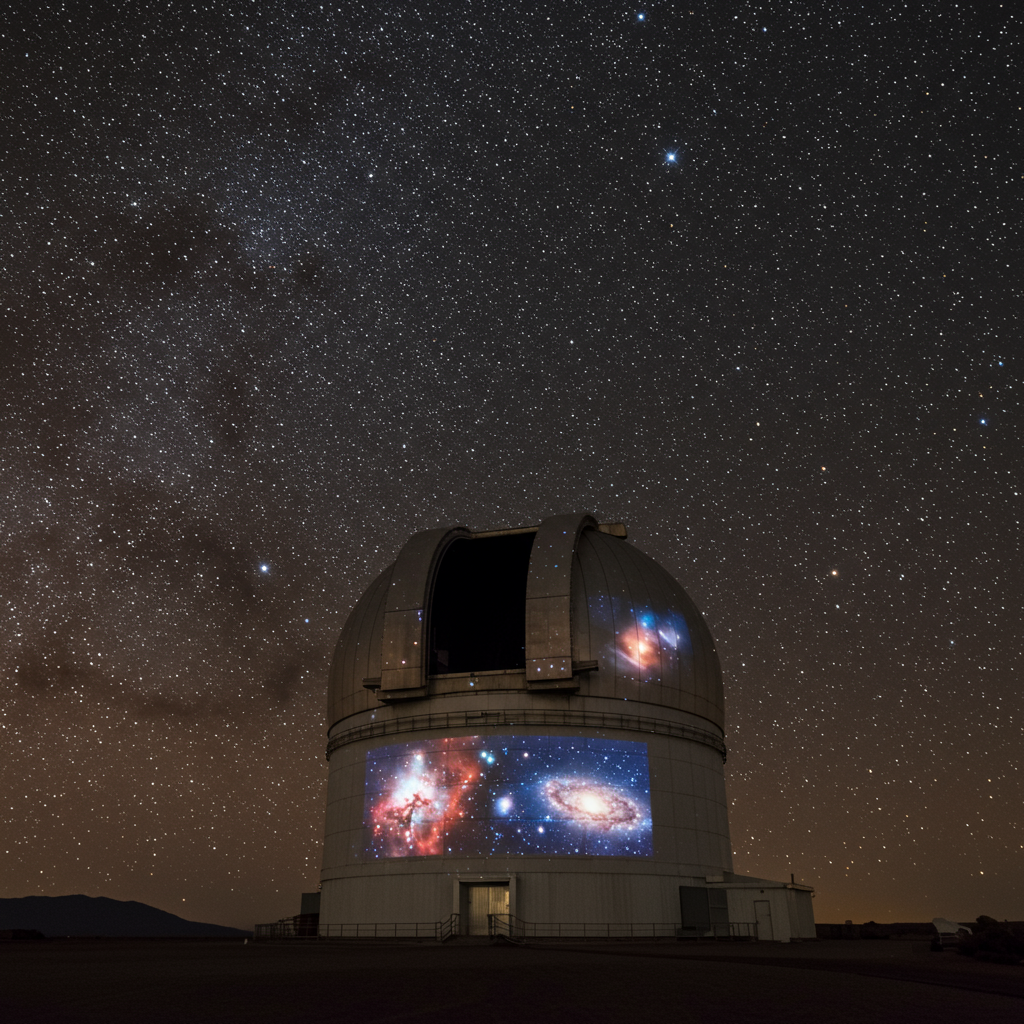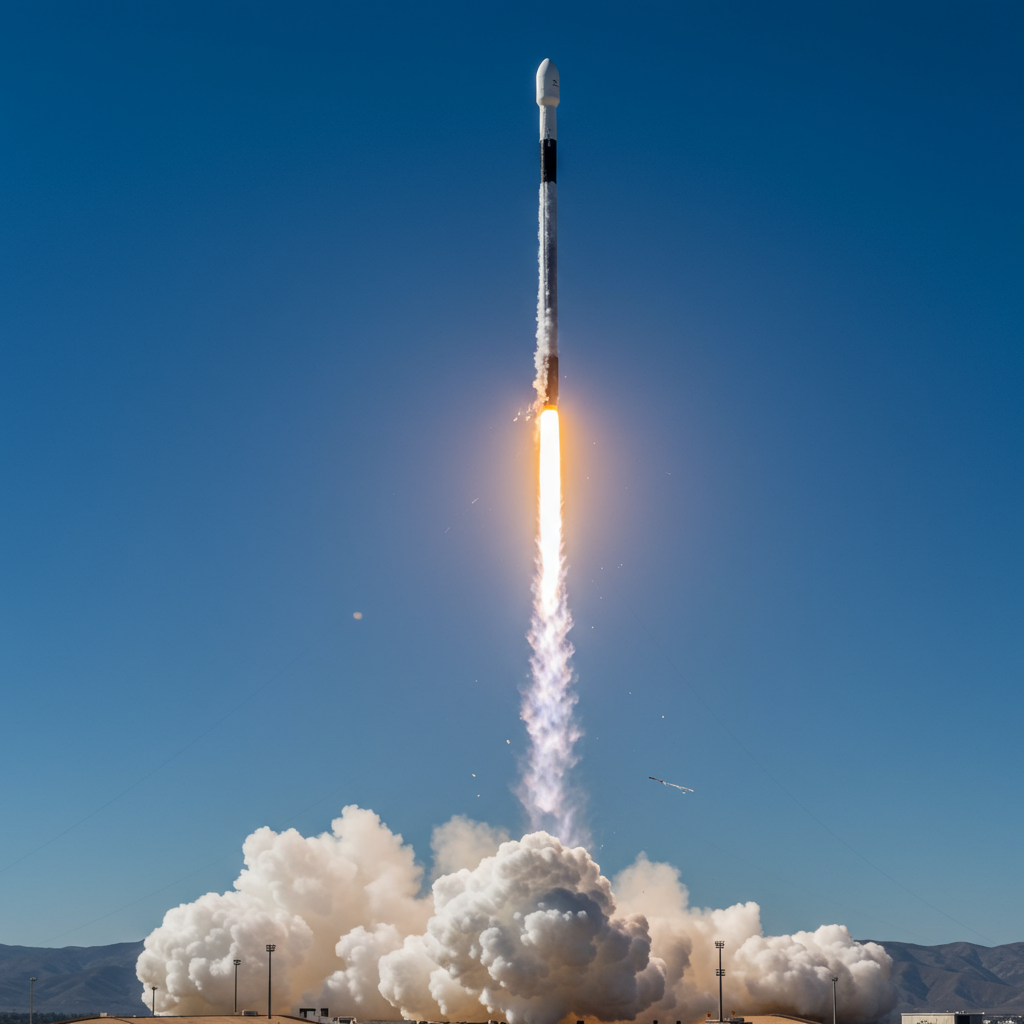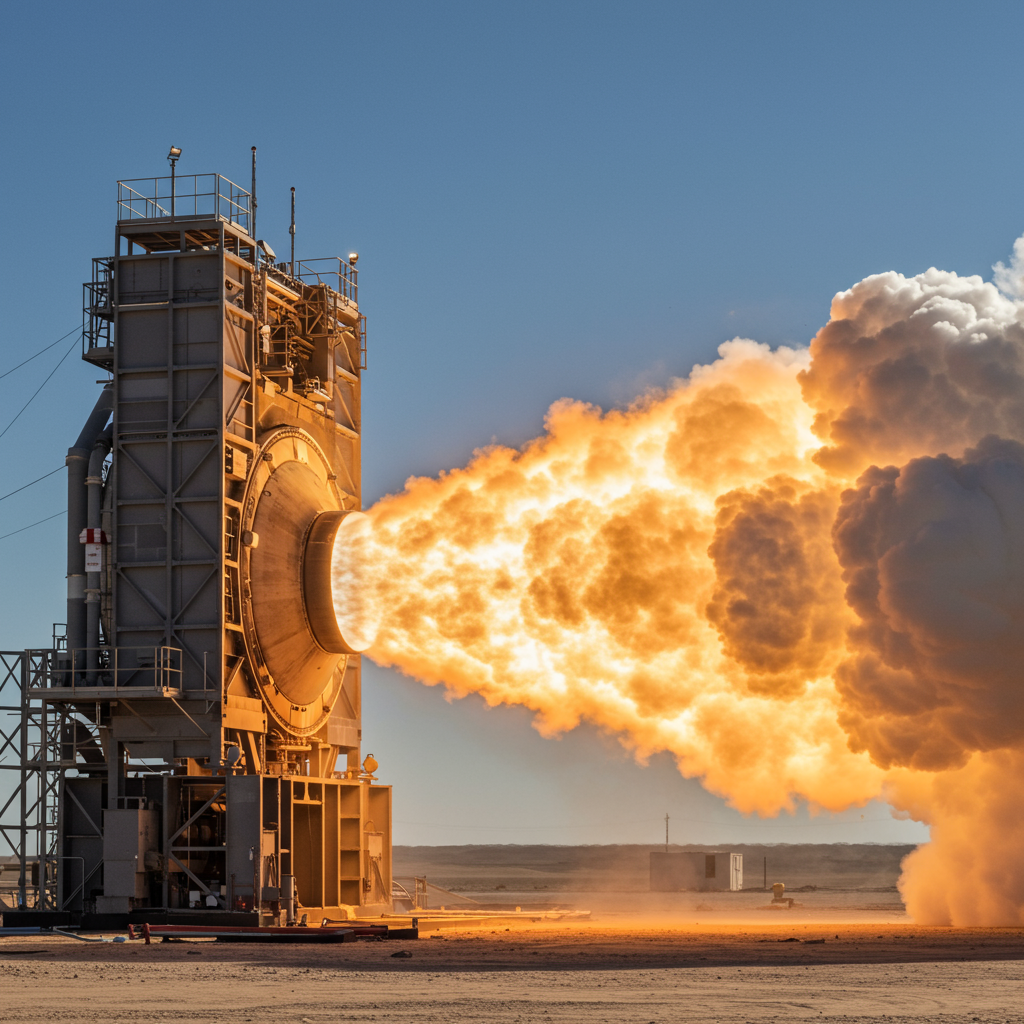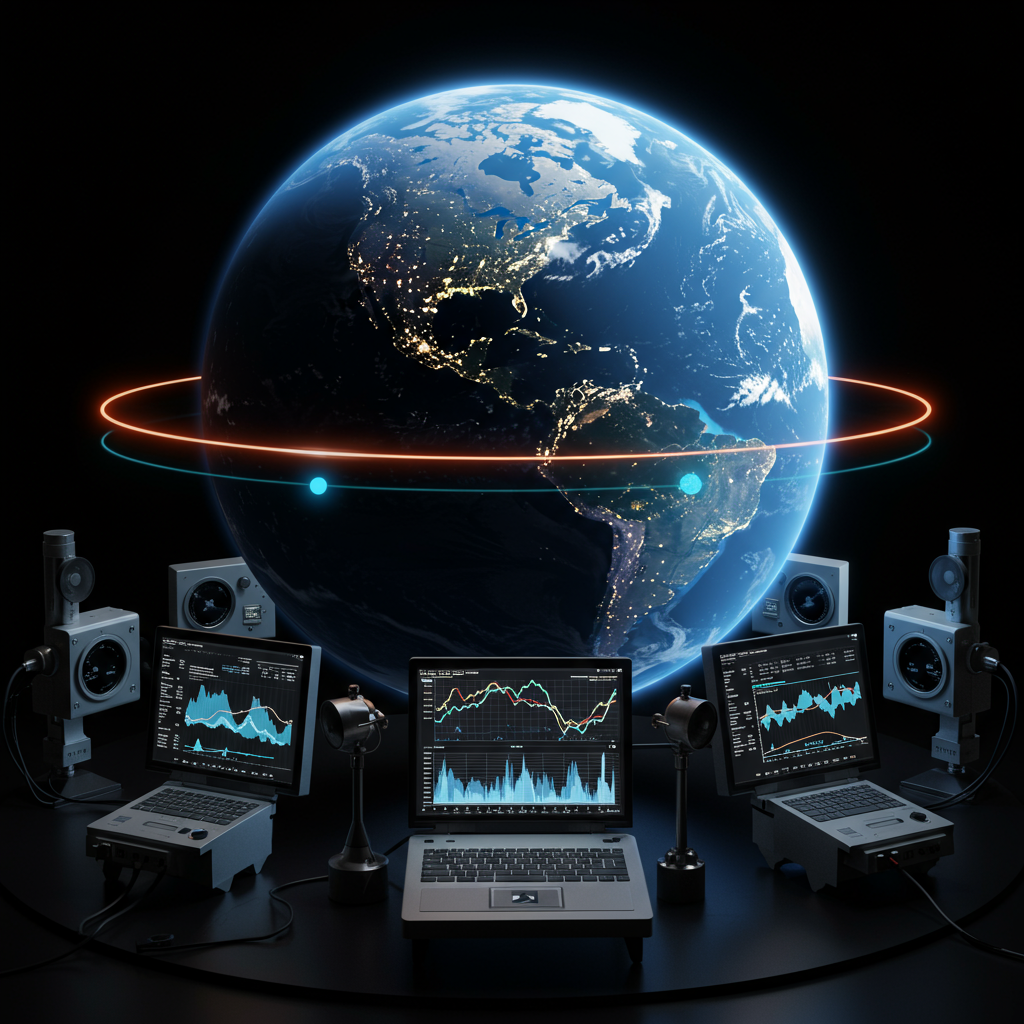The universe is revealing its secrets with unprecedented detail, thanks to the first stunning images released this week from the Vera C. Rubin Observatory. Located atop Cerro Pachón in central Chile, this groundbreaking facility houses the world’s largest digital camera, the 3.2-gigapixel Legacy Survey of Space and Time (LSST) Camera, marking a monumental leap in astronomical observation.
A First Look at the Cosmos
Captured during initial test observations amounting to just over 10 hours, these early images showcase the observatory’s incredible capabilities. One notable composite image focuses on the vibrant gas and dust clouds of the Trifid and Lagoon Nebulae, vast star-forming regions located thousands of light-years away towards the constellation Sagittarius. The scale is immense, with the “First Look” image spanning over four degrees – an area more than 500 times larger than the full Moon – capturing crowded starfields and prominent nebulae with astonishing clarity.
Other views highlight dense fields of stars and galaxies, including intricate spiral formations and even distant galaxy groups, like a captivating image showcasing merging galaxies within the Virgo cluster. Even small sections of the observatory’s total field of view reveal countless celestial objects previously unseen, demonstrating the sheer depth and resolution of the data.
Beyond distant cosmic structures, these initial observations have already yielded tangible discoveries closer to home, identifying over 2,100 previously unknown asteroids within our solar system, including seven new near-Earth asteroids deemed not to pose a danger to the planet.
The World’s Largest Camera and Its Mission
A joint project of the U.S. National Science Foundation and the U.S. Department of Energy, the Vera C. Rubin Observatory is equipped with the 3.2-gigapixel LSST Camera, a marvel of engineering comprising 189 individual light-detecting sensors. Completed after two decades of work and installed in Chile in March 2024, this camera is designed for a unique purpose: to map the entire visible southern sky repeatedly over a decade.
Beginning its routine science observations later in 2025, the observatory’s primary mission, the Legacy Survey of Space and Time (LSST), will systematically capture approximately a thousand images every single night, covering the southern sky every three to four nights. This continuous “point and shoot” approach, moving to a new part of the sky every 40 seconds, will effectively create an “ultrawide, ultra-high-definition time-lapse record of the universe,” bringing the night sky to life in a way never before possible.
Unlocking Cosmic Mysteries
Astronomers are buzzing with excitement, comparing this moment to the impact of the first images from the James Webb Space Telescope. The Rubin Observatory’s unique design allows for both extremely high resolution and an extremely wide field of view simultaneously, avoiding the trade-offs of previous surveys. This capability will generate an unprecedented volume of data – the observatory team expects the data from the first year alone to exceed that collected by all other optical observatories combined.
This treasure trove of data is poised to revolutionize our understanding of the cosmos and help tackle some of its most profound mysteries. A central focus of the LSST is shedding light on the “dark universe,” specifically the nature and distribution of dark matter and dark energy, which collectively make up 95% of the universe but remain largely unknown. By precisely measuring the shapes and properties of billions of galaxies, the observatory will map the growth of the large-scale structure of the cosmos and track the universe’s expansion history, potentially revising our current cosmological models. Gravitational lensing data will further aid in mapping dark matter distribution.
But the mission’s scope extends far beyond. The LSST will enable studies of faint phenomena like intracluster light (stars drifting between galaxies), potentially increasing the known catalog of brown dwarfs (failed stars) in the Milky Way twentyfold, defining the timing of cosmic evolution, searching for objects in the outer solar system like Planet Nine, detecting potentially hazardous asteroids and comets, studying transient events like supernovae and gravitational wave counterparts, and mapping the structure of our own Milky Way galaxy.
As Michael Wood-Vasey, professor of astronomy at Pitt, noted, these images expand access to the cosmos for scientists and the public alike. Project scientists have described moments of awe viewing the data in real-time, realizing they were seeing light emitted billions of years ago, from galaxies previously unknown. This “discovery machine,” as some call it, ushers in a “golden age of American science” and holds the promise of revealing not only answers to known questions but also entirely new phenomena that astronomers haven’t even begun to imagine.
References
- apod.nasa.gov
- www.nbcnews.com
- petapixel.com
- www.space.com
- <a href="https://www.esa.int/ScienceExploration/SpaceScience/Euclid/ZoomintothefirstpageofESAEuclidsgreatcosmic_atlas”>www.esa.int




